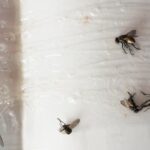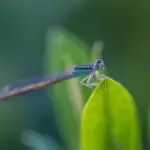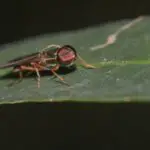How Do Flies Hear Sound?
The tympanal membranes of flies are extremely small and separated by approximately 500 micrometers. This small distance makes the time it takes to detect sound from either ear extremely short. Sound travels through these tiny membranes with an ITD of about 1.5 microseconds. The resulting ILD is only about a quarter of a decibel.
Fly ears work as a nonlinear mechanical oscillator. The result is that the fly can perceive low-frequency sound pulses, but only when they’re close enough to the female. As a result, male flies sing only when they’re close to females. The sound produced by the male’s song is relatively soft and unobtrusive, but the females can detect the resulting waves.
The antennae of the fly have a group of sensory cells called Johnston’s organ, which collects auditory information. It is located on the pedicel segment and detects the vibration of the segment above. This organ helps mosquitoes and fruit flies distinguish between the host and other species. Honeybees also use this organ to find food sources.
The best fly hearing frequencies range from about 150 Hz in D. melanogaster to about 300 Hz in D. mauritiana. Researchers have also found that the resonant frequency ranges of the flies increase sharply after they’re anesthetized with CO2. The data also shows that the passive hearing range of flies is very similar in both species, which is consistent with a level-dependent transducer model. Flies actively tune in the lower frequencies of the audio spectrum.








